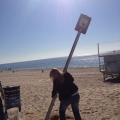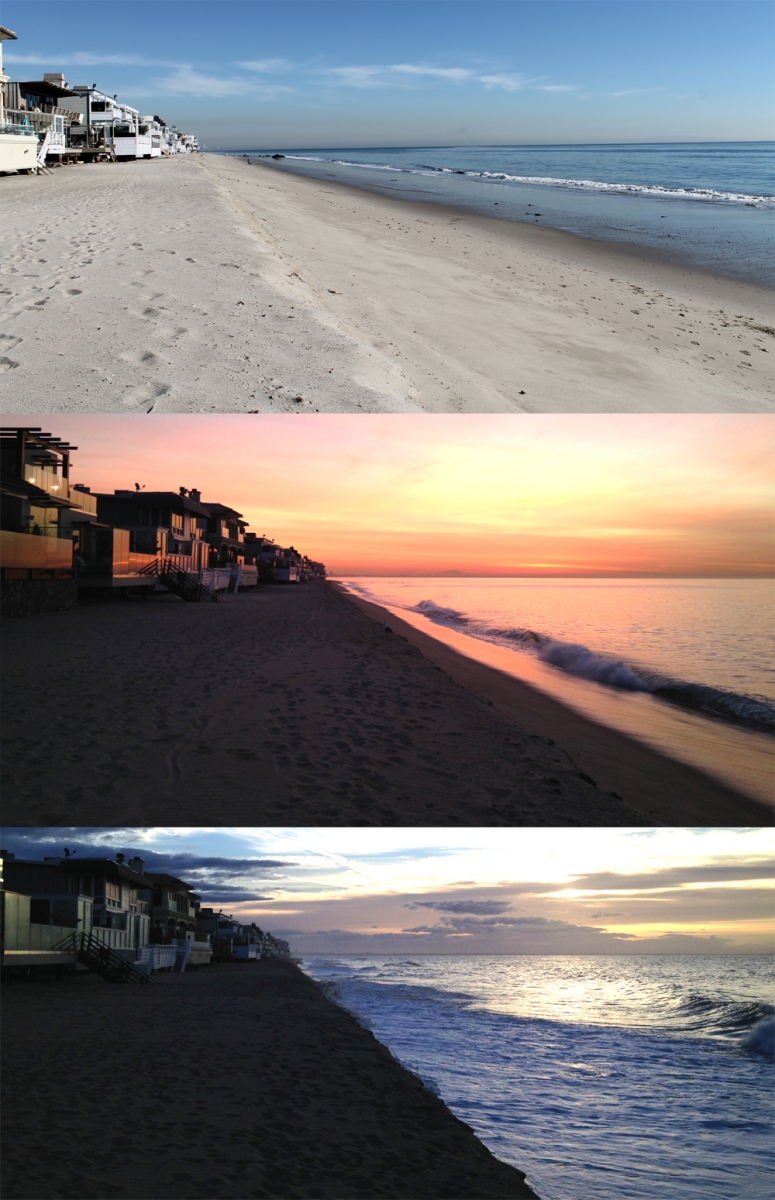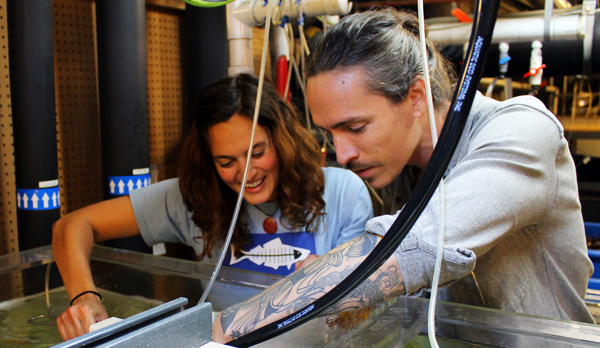Last Thursday marked one of my two lowest days here at Heal the Bay working on local water quality regulations. After 11 hours of testimony and deliberation, the Los Angeles Regional Water Quality Control Board unanimously voted to approve a municipal stormwater permit that essentially sets up a scheme of self-regulation (read: no regulation).
By no longer forcing cities that discharge millions of gallons of runoff into the stormdrain system to adhere to strict numeric pollution limits, the Board took a giant step backward in protecting water quality throughout Southern California. Under the newly adopted rules, cities just have to submit a plan for reducing stormwater pollution to the board and have it approved to be in compliance, rather than having to actually demonstrate they are not exceeding specific thresholds for specific pollutants, such as copper or E. coli bacteria.
For the curious, my other low moment came two summers ago, when the American Chemistry Council bought the vote on the single-use plastic bag ban in the California legislature, and as a result, our bill (AB 1998), died on the Senate floor on the last day of session.
The two days have many similarities – money as a driver, an atmosphere of misinformation and half-truths, short-term victory for the polluters and momentary defeat for all who use our region’s waters.
They say history is written by the winners. I don’t want to come off as a sore loser, but the truth is that meaningful regulation of stormwater is now woefully broken.
And why should anyone care? Well, for starters, urban runoff remains the No. 1 source of coastal pollution. Simply put, if we don’t deal with stormwater properly, we have no hopes of keeping our local beaches and oceans clean and healthy on an ongoing basis.
Cities in our region have been subject to storm water regulations for the past 22 years. For the past 12 years, cities have been compelled under their stormwater permit to ensure their runoff doesn’t cause or contribute to violations of pollution standards set out in state and federal water regulations.
Despite the ”regulation” of stormwater, not much has changed in the past 22 years. Just look at Heal the Bay’s water quality grades after a major storm. Dozens of beaches up and down the coast are swamped with polluted runoff and get failing grades for putting public health at risk.
Something is obviously wrong. Nonetheless, the Regional Board rarely enforces its own regulations on polluters and dischargers, and to my knowledge, has never placed a fine on a city for violating the requirements of its stormwater permit.
If a kid continues to break the rules and is never grounded by his parents, why should he even think twice about the consequences of missing curfew?
In the recent debate, the Regional Board staff and the Board rightly recognized that the current permit wasn’t working. But instead of making the regulations more stringent, they adopted a loose scheme that won’t hold cities truly accountable for making sure they don’t spew polluted water into the ocean. The new regulatory framework just doesn’t make any sense, assuming the goal is to actually improve regional water quality as opposed to just saving money for the cities.
The main reason the Board vote marked such a personal low moment is not because we didn’t succeed in getting members to adopt enforceable numeric limits, although that is extremely discouraging as well as illegal under the federal Clean Water Act. Rather, it’s because staff and other stakeholders misrepresented the facts and themselves during the hearing. Having spent dozens of hours negotiating with them, I don’t make this claim lightly.
For example, when questioned by Board members directly about the loss of strict numeric limits, staff assured them that the new permit did in fact contain hard-and-fast thresholds. But they conveniently failed to mention that a holdover section of the permit that contains numeric limits would now be superseded by a new Watershed Management Plan section that allows cities to develop plans rather than adhere to strict pollution limits. If one section of the permit has numeric limits but can be overridden by another section, then there are NO LONGER POLLUTION LIMITS IN THE REGULATION!
Staff also reassured the board that the new permit contained 33 enforceable pollution limits in the Total Maximum Daily Load (TMDL) section, but it failed to note that the previous permit required compliance with hundreds of hard limits for all waterbodies. Simple math tells you that this permit is weaker. And even these 33 TMDLs have significant loopholes. Cities get a free pass if water quality samples show repeated pollution exceedances, so long as they show they are making an effort to capture and infiltrate some – but not necessarily all – runoff.
The new permit has a few silver linings that are important to mention. The regulatory framework has strong Low Impact Development provisions. Also compliance with the dry-weather beach bacteria TMDLs (many up to six years overdue) is required. (Whether they will actually be enforced is anyone’s guess.)
If Heal the Bay, LA Waterkeeper and NRDC didn’t fight for a strong permit for the past two years, I’d really be scared to see how this new regulation would have turned out.
Thousands of ocean lovers joined our “Take LA By Storm” campaign and signed petitions or made their voices heard at board meetings. Unfortunately, their pleas for strong and enforceable limits were largely ignored by staff and the Board.
We’ve faced setbacks before at Heal the Bay, but we have faith that we will ultimately prevail. After all, we have the Clean Water Act on our side. Thursday’s vote is not the end of the road; it’s just detour in the ongoing journey for a healthy Bay. We’ll keep you posted on our next steps.
–– Kirsten James
Water Quality Director, Heal the Bay
Sign up for our Action Alerts to stay up to date on Heal the Bay’s campaigns, or follow us on Twitter for real-time updates with the hashtag #CleanWater.
Grassroots campaigns need your donations to stop the attack on clean water.






